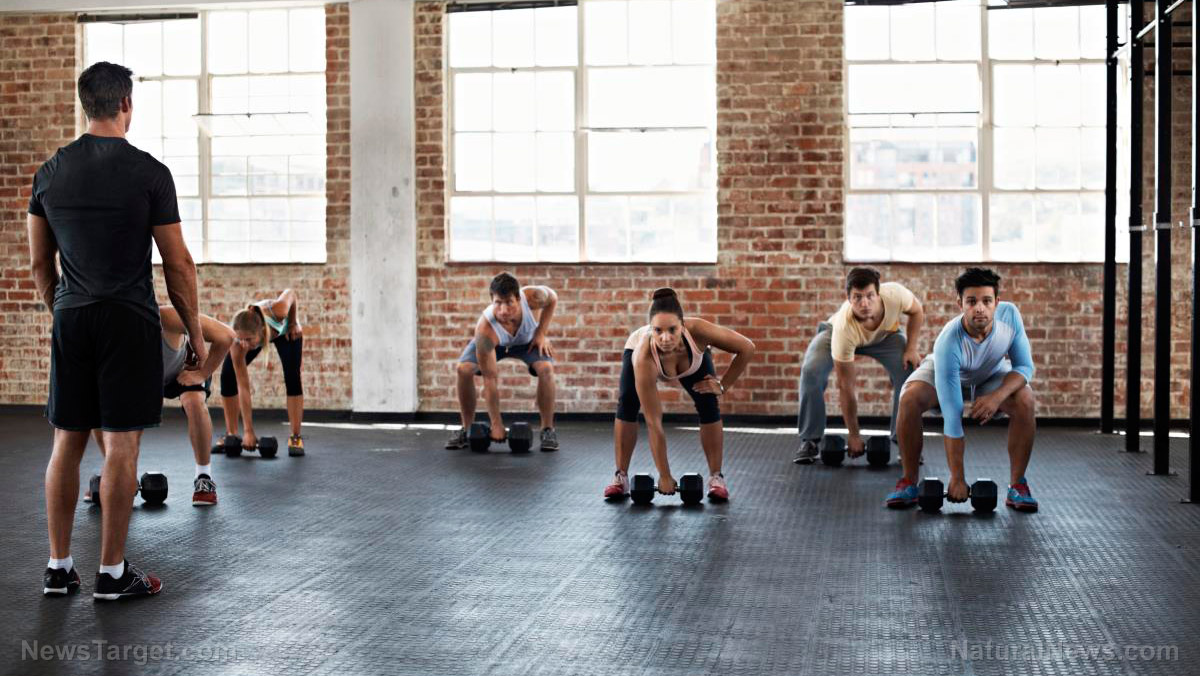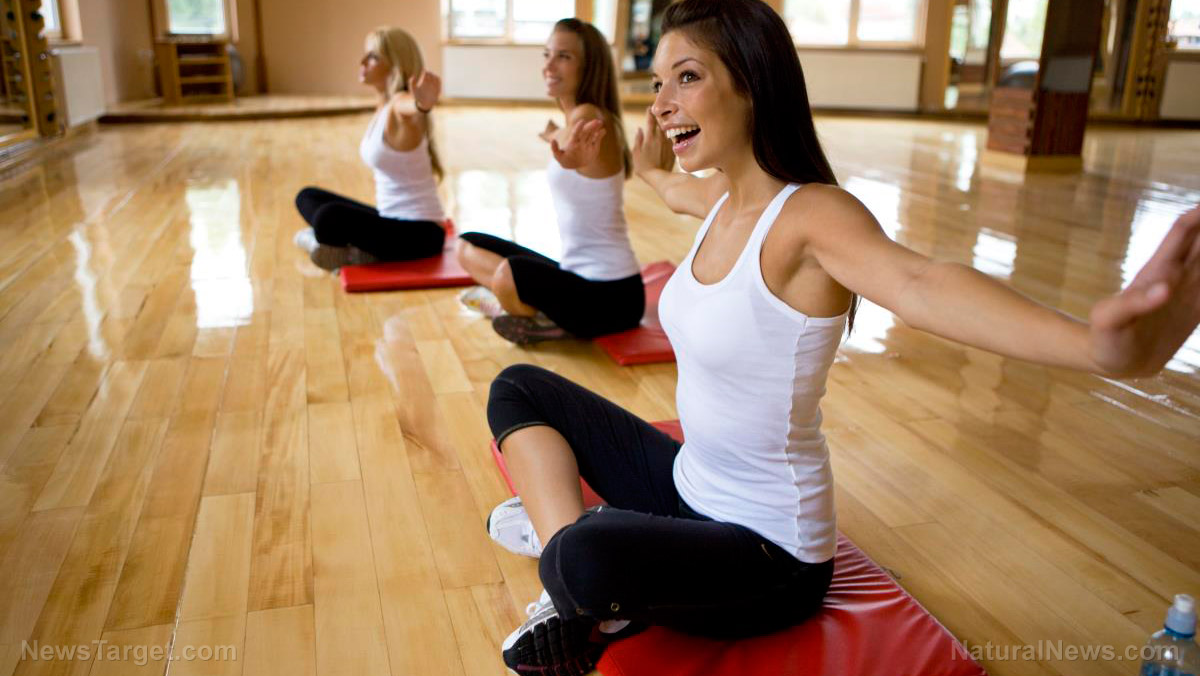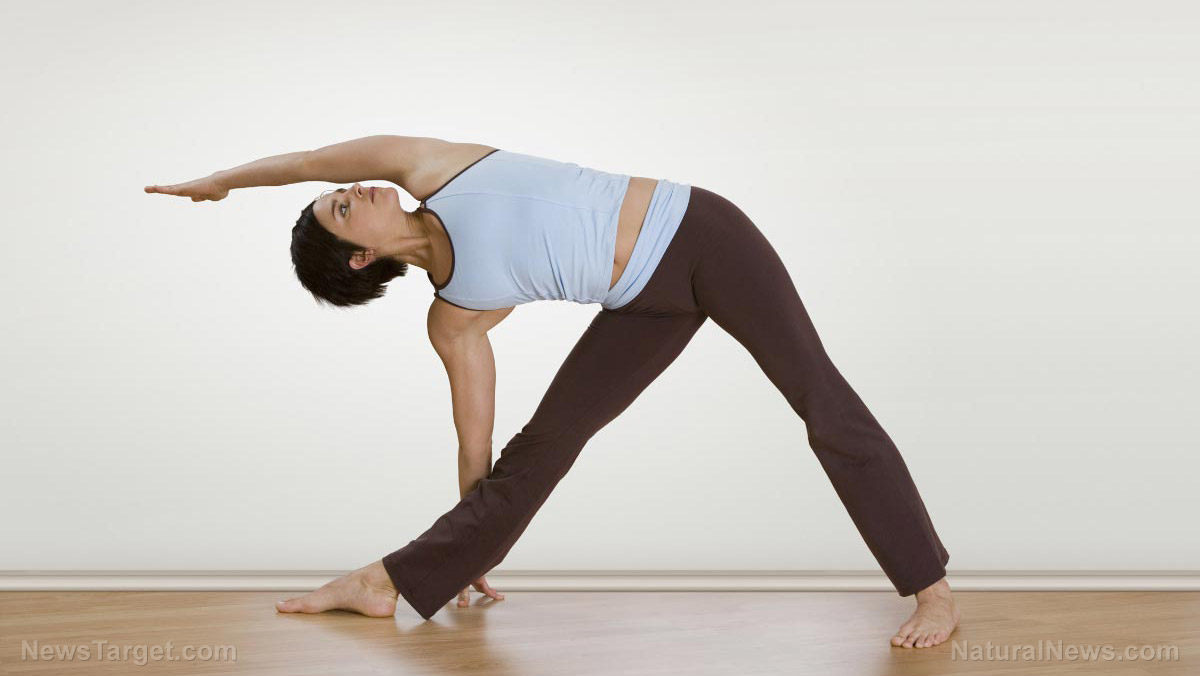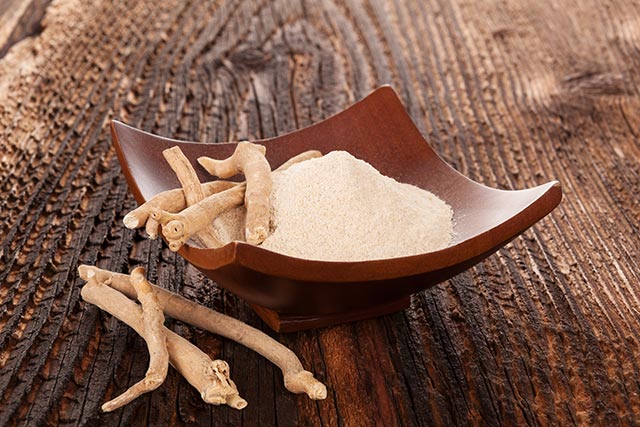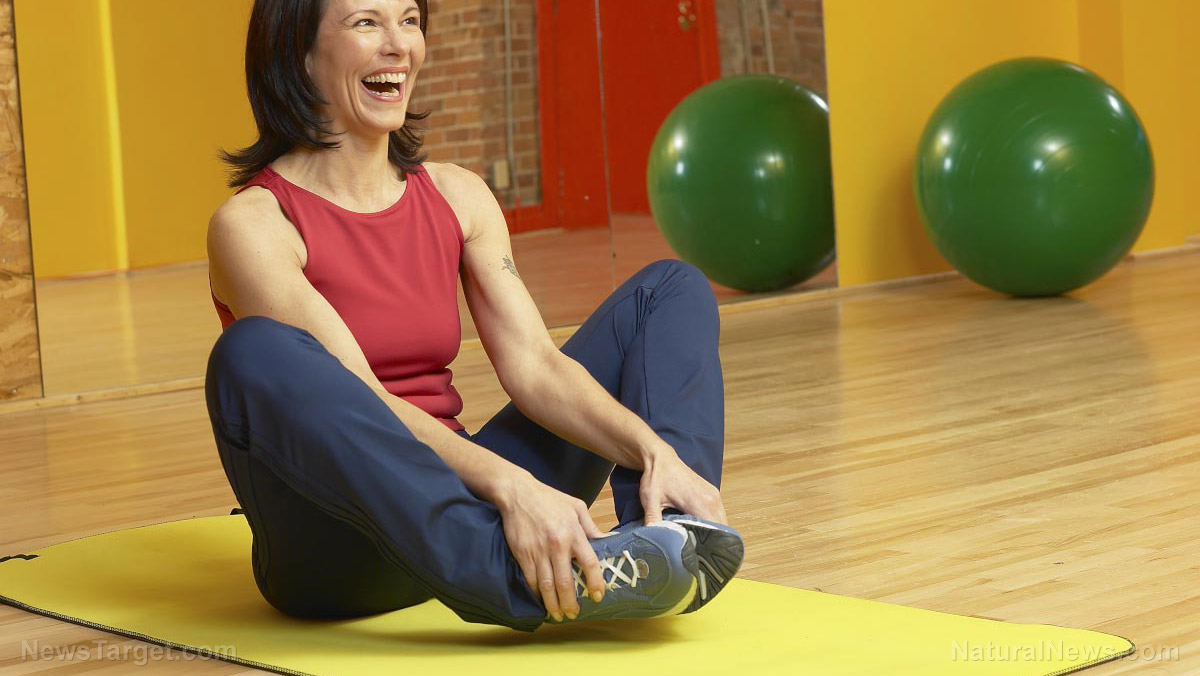Keep your heart healthy with these brisk walking workouts
06/21/2016 / By usafeaturesmedia

(WomensFitnessFocus.com) Some people walk a rut in the mud trying to decide upon an exercise program. They don’t like running because it hurts their feet. Maybe they’ll walk down to the gym and have a look around. But those bodybuilders and power lifters are too intimidating, so they just walk on and don’t look back. What about the health club? Walk in and look at all the pretty women with hard bodies. What to do? Keep walking and thinking.
Sometimes you really can’t see the forest for the trees. This whole time you’ve been pacing around you’ve been active and burning calories. Oh my gosh! You’ve discovered your exercise program. Yes sir, walking can be your fitness program. It’s been shown to have many health benefits and there are several variations you can use.
Most people take walking for granted and fail to associate it with any health benefits. They think you have to grunt, sweat and experience pain to be healthy and happy. But, that just isn’t so. Anything that keeps you active can keep you healthy, and here’s how.
Aerobic Power
Contrary to popular belief, walking can increase your aerobic power. Any previously sedentary individual who walks three times per week for 30 minutes a moderate pace will show improvements. Doing so for 12 weeks can increase aerobic power by 12 percent. Obviously, the faster you walk the greater the aerobic benefits.
Body Composition
To lose fat, you must be active and burn calories. Walking is an activity and it burns calories. In a 16-week study, a group of people lost an average of 12 Ibs and decreased body fat by six percent. The group walked 90 minutes per day for five days per week. Walking a mile burns approximately the same number of calories as running a mile; it just takes more time.
Blood Lipids
Walking can increase the levels of HDL cholesterol, which transports cholesterol to the liver for removal from the body. A program of at least 12 weeks of high-intensity, long distance walking will increase the HDL levels in the blood and put one at a lower risk for cardiovascular disease.
Blood Pressure
If you suffer from mild or moderate hypertension, walking can lower both the systolic (pumping) and diastolic (resting) blood pressure. Even people with normal blood pressure will experience a slight drop in pressure. These reductions may not be spectacular, but they are significant. Other walking benefits, such as weight loss, will also help lower your blood pressure. Walking also lowers your resting heart rate.
Mental Health
Taking long walks can also be good for the soul. Any form of exercise can relieve stress, combat depression and ease anxiety. You may not be able to walk away from life’s problems, but you can walk off the stress.
Bones and Joints
Men lose bone strength as they age, although not nearly to the same degree as women. Regular walking can have positive effects on bone density and lessen the risk of fractures. Because walking places less mechanical stress on the joints, it is less likely to result in injuries.
Think of it this way; the journey to good health starts with a single step. Putting one foot in front of the other is all it takes to get started. Walking is simple, safe, accessible to everyone and has the lowest dropout rate of all exercises. After a while, most people want to experiment with various forms of walking that will further increase their aerobic capacity and strength.
Here’s some basic walking programs to try.
Walking 101
This is for beginners. It’s for those who are severely out of shape and want lo begin an exercise program, like newly uprooted couch potatoes or those recovering from an illness. It consists of brisk walking at around three to four miles per hour. To do this, take longer steps than normal and proceed at a faster pace. Be sure to learn to walk erectly and keep the shoulders back. Breathe deeply as you walk and let your hands and arms swing freely at your sides.
All you really need for walking is a good pair of shoes and some comfortable clothes. Any type of shoe will suffice. Most wear regular tennis shoes, but you can purchase walking shoes at a sporting goods store. Clothing should be loose and comfortable, and appropriate for the weather if you walk outdoors.
Advanced Walking
As your strength and aerobic capacity increases, you’ll want to pick up the pace and walk both faster and for longer times. However, at some point you will reach a level where you can’t challenge yourself further by walking alone. Now it’s time to get serious about walking and add some challenging variations to the routine. To increase the workload, try walking over hilly terrain. This will raise your heart rate and burn more calories at the same time. Walking briskly up a 10-degree incline will burn about 300 calories in less than 30 minutes.
Another method for increasing the workload is to carry additional weight as you walk. Most commonly you see people carrying light hand-held weights when walking. Alternatively, ankle weights, weight belts or weighted backpacks can also be used alone or in combination. Try walking up a hill with a weighted backpack if you still think walking isn’t much of a challenge.
Race Walking
This is not a more intense form of walking, but a unique form of movement. Sure, you’ve seen the people who seem to wobble rapidly along the sidewalk – that’s race walking. This requires using strides, where longer steps are taken and the feet follow a straight line. The strides are very rapid and the pelvis rotates dramatically with each step. This shifting of weight with the hips causes the person to glide smoothly along the path.
Besides lower body movements, race walking also uses the upper body.
The arms are used as pendulums to regulate the leg and hip movements. As you step forward with your leg, drive your opposite arm backwards to propel you forward. As the leg pushes forward, bring your arm forward for the next movement. Because race walking is not as natural as normal walking, it will take some practice and possibly a little coaching to get it down right.
The good thing about walking is that you can do it just about anytime and anywhere. You can walk around the block at lunch time, walk to work or simply walk around and explore your own neighborhood. During the spring and fall you will surely want to take advantage of the outdoors. Many parks have walking trails and most athletic fields have running/walking tracks.
Everybody’s heard of mall walking. Many malls open early in the morning so people can walk their long or circular corridors. Since most malls are multiple level, you can walk the stairs to make your workout more strenuous. Best of all, malls are excellent for the summer and winter months; they provide a safe environment, and they’re free.
If you don’t want to have to leave the house to walk, then invest in one of the many good quality treadmills that are available. Many offer a computer that will vary the walking speed, as well as constantly increasing and decreasing the slope to simulate mountain trails.
Facts & Figures
The Rockport Walking Institute (RWI) is dedicated to conducting research on walking and disseminating the information. Working in conjunction with doctors and exercise scientists, the RWI developed the following fact sheet.
Walking is the number one participant sport in America.
According to a recent report, 90 million people walk for physical fitness.
Walking is a healthy, natural function of the human body.
Because of the structure, shape and flexibility of the spine, the human body is better suited for walking than for sitting, standing or running.
Fitness walking is more than just walking for fitness.
Simply defined, fitness walking is walking at a brisk enough pace to maintain your heart rate in the target training zone. Fitness walking is the cornerstone of a total approach to personal fitness that uses walking as the major exercise, but also includes improving strength and flexibility, paying attention to diet, and reducing stress. With fitness walking, the goal is to develop a training program that will strengthen your heart. There isn’t any magical overall fitness formula that is right for everyone; it’s all tailored to the individual’s ability and level of fitness. And fitness walking is virtually an injury-free exercise, with a very low participant dropout rate.
Walking speeds vary greatly.
For a person in reasonably good health, a normal walking pace is somewhere between 3.0 and 3.5 m.p.h.
3.75 to 4.0 m.p.h. is considered a brisk pace, although speeds of up to 5.5 m.p.h. are not unusual for well-conditioned athletes. For most people, anything below 3.0 is slow.
Regular walking can help you lose weight.
Fitness walking is an excellent adjunct to an overall program to lose weight. While walking burns about 20 percent fewer calories at most speeds than does running, it still is the preferred exercise for most individuals who seek to lose weight. This is because walking is ideal for a consistent program, and consistency is what counts in an overall lifetime weight-management program.
Walking produces a variety of important health benefits.
Walking improves cardiovascular efficiency, may lower blood pressure, relieves stress, reduces body fat, strengthens leg and abdominal muscles, and may improve the quality of sleep. Moreover, biomechanics studies have demonstrated that the foot lands with only 1.5 times the force of body weight in walking, while it may exceed three times body weight in running. Thus walking poses much less risk of orthopedic injury.
Walking is truly an ideal sport for consistent, life-long aerobic conditioning.
Fitness walking is especially beneficial to the cardiovascular system. By expending 2,000 calories a week in vigorous exercise, participation in a fitness walking program can significantly reduce the risk of heart attack. Indeed, fitness walking is frequently incorporated into a cardiac rehabilitation program.
By Sandra Prior, Expert Articles.
More:
- Seven Ways To A Great Detox On A Budget
- So, Turns Out Having A Little ‘Junk In The Trunk’ Means You’re Smarter AND Healthier: Study
- 10 Ways To Be More Active During The Work Day
WomensFitnessFocus.com is part of the USA Features Media network. Check out ALL our daily headlines here.
Tagged Under: cardio health, walking


